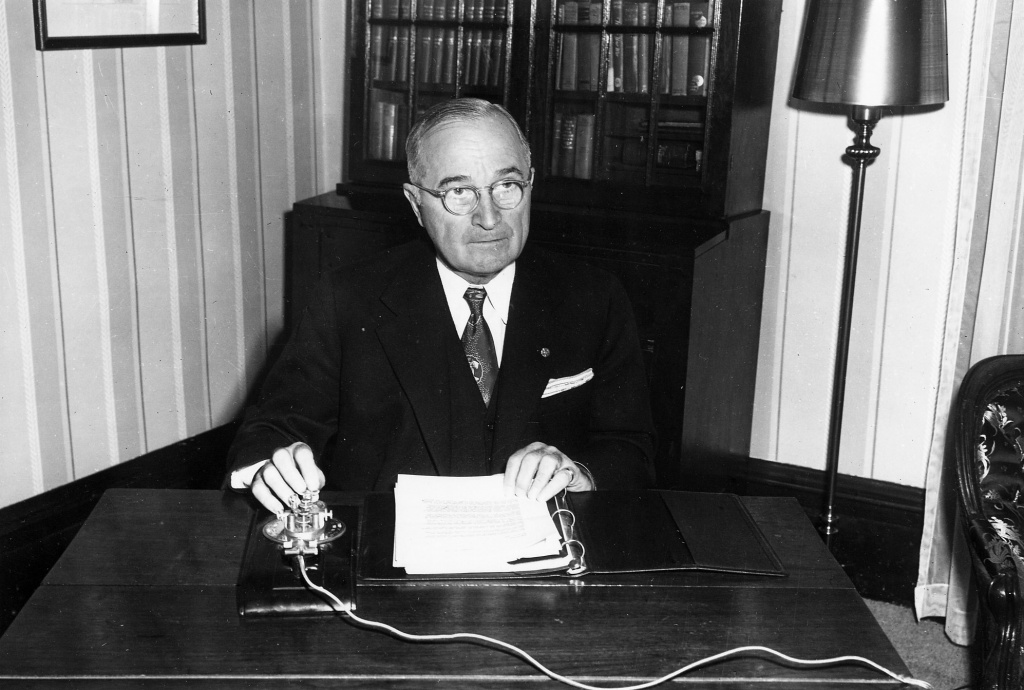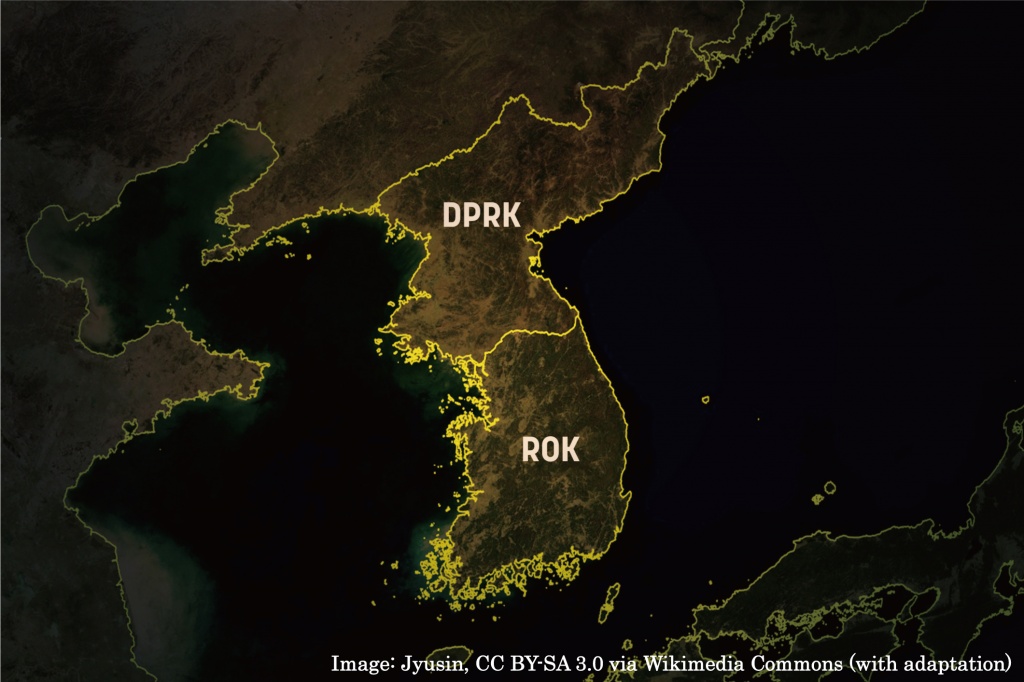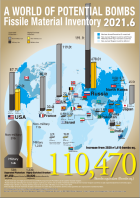Vol. 4, Issue 2 of Journal for Peace and Nuclear Disarmament (J-PAND) is now available online. There are 11 open access articles featuring “The Biden Nuclear Posture Review: Implications for the Asian Allies and Partners.”
For the issue, see here.
NEWSNEWS
Vol. 4, Issue 2 of Journal for Peace and Nuclear Disarmament (J-PAND) is now available online. There are 11 open access articles featuring “The Biden Nuclear Posture Review: Implications for the Asian Allies and Partners.”
For the issue, see here.
It is published simultaneously by RECNA-Nagasaki University, Asia Pacific Leadership Network for Nuclear Non-proliferation and Disarmament (APLN), and Nautilus Institute.

US ENTRY INTO THE KOREAN WAR: ORIGINS, IMPACT, AND LESSONS
A Special Report Prepared for the
Project on Reducing the Risk of Nuclear Weapons Use
in Northeast Asia (NU-NEA)
Co-sponsored by
Research Center for Nuclear Weapons Abolition, Nagasaki University (RECNA)
Asia Pacific Leadership Network for Nuclear Non-Proliferation and Disarmament (APLN)
Nautilus Institute
with collaboration of Panel on Peace and Security of Northeast Asia (PSNA)
Additional funding by the MacArthur Foundation
December 16, 2021
James I. Matray
This article describes the reasons for the outbreak of the Korean War and US entry into the conflict. At the end of World War II, the United States and the Soviet Union divided Korea into two zones of military occupation. Cold War discord between the two nations blocked agreement to end the division, resulting in formation of two Korean governments each bent on reunification. Soviet Premier Joseph Stalin reluctantly supported the Democratic People’s Republic of Korea’s invasion of the Republic of Korea on 25 June 1950 after Kim Il Sung persuaded him that victory would be quick and easy. President Harry S. Truman immediately saw the attack as the first step in a Soviet plan to use military means to achieve global dominance, but he initially ordered limited US military intervention, maintaining a prewar policy of qualified containment in Korea. When the Republic of Korea failed to halt the invasion, he sent US ground forces to prevent the Communist conquest of the peninsula. Truman wanted to avoid another world war and did not consider use of atomic weapons until China intervened. This article concludes that resumption of the Korean War is unlikely because of the US treaty commitment to defend the Republic of Korea and the weakness of the Democratic People’s Republic of Korea.
Keywords:
Korean War, Harry S. Truman, ROK, DPRK, United States.
Authors’ Profile:

James I. Matray, PhD, is emeritus professor of history at California State University, Chico, where he was History Department chair from 2002 to 2008. His publications focus on US-Korean relations after World War II. He has written or edited nine books and publishing over fifty scholarly articles and book chapters. Author of The Reluctant Crusade: American Foreign Policy in Korea, 1941-1950, Matray’s latest major publication is Crisis in a Divided Korea: A Chronology and Reference Guide (2016). He also is editor-in-chief of the Journal of American-East Asian Relations. His current research project investigates the Battles of Pork Chop Hill.
It is published simultaneously by RECNA-Nagasaki University, Asia Pacific Leadership Network for Nuclear Non-proliferation and Disarmament (APLN), and Nautilus Institute.

Nuclear-Use Cases for Contemplating Crisis and Conflict on the Korean Peninsula
A Special Report prepared for the Project
“Reducing the risk of Nuclear Weapon Use in Northeast Asia”
Co-sponsored by Research Center for Nuclear Weapons Abolition, Nagasaki University (RECNA)
Asia Pacific Leadership Network for Nuclear Non-Proliferation and Disarmament (APLN)
Nautilus Institute
with collaboration of Panel on Peace and Security of Northeast Asia (PSNA)
December 9, 2021
Paul K. Davis and Bruce W. Bennett
This paper motivates and sketches a set of nuclear-use cases involving conflict on the Korean peninsula. The cases reflect a wide range of ways that nuclear weapons might be brandished or used in a Korean crisis. We identify possible cases by using two different lenses: a “logical” or taxonomic lens and a decisionmaking lens that asks how an actual national leader might decide to use nuclear weapons first. We then
select cases from the space of possibilities to reflect that range usefully. The use cases consider mistakes, unintended escalation, coercive threats, limited nuclear use to
reinforce threats, defensive operations, and offensive operations. They also consider the potential role of fear, desperation, responsibility, grandiosity, indomitability, and other human emotions. Some use cases are far more plausible than others at present, but estimating likelihoods is a dubious activity. The real challenge is to avoid
circumstances where the use cases would become more likely.
Keywords:
Nuclear-use Cases, Korean Peninsula, Nuclear War, Scenarios, DPRK, U.S.
Authors’ Profile:

Paul Davis is a professor of policy analysis at the Pardee RAND Graduate School and a retired adjunct Senior Principal Researcher at RAND. He holds a Ph.D. in chemical physics from the Massachusetts Institute of Technology. He worked in strategic warning technology and systems analysis before joining the U.S. government to work on strategic force planning and arms control. He then joined the RAND Corporation, where his research has dealt with strategic planning under deep uncertainty. His most recent work (co-edited) is Social Behavioral Modeling for Complex Systems (2019), Wiley & Sons.

Bruce W. Bennett is a professor in the Pardee RAND Graduate School and a retired adjunct International/Defense Researcher at the RAND Corporation. He is an expert in Northeast Asian security issues, having visited the region about 120 times and written much about Korean Security. His research addresses issues such as DPRK military force requirements, Korean unification, the Korean military balance, and potential Chinese military intervention in North Korea. He received a Ph.D. in policy analysis from the Pardee RAND Graduate School.
“A Guide to the World’s Fissile Material Inventory June 2021” was released. Please click on the thumbnail images below and download the pdf guide and poster.

|
Guide to the World’s |

|
|
How to make leaflets:
Print the English Guide (PDF) for making leaflets on both sides of A3 paper, and fold it in two then in three.
|
>> Previous edtions can be downloaded from here.